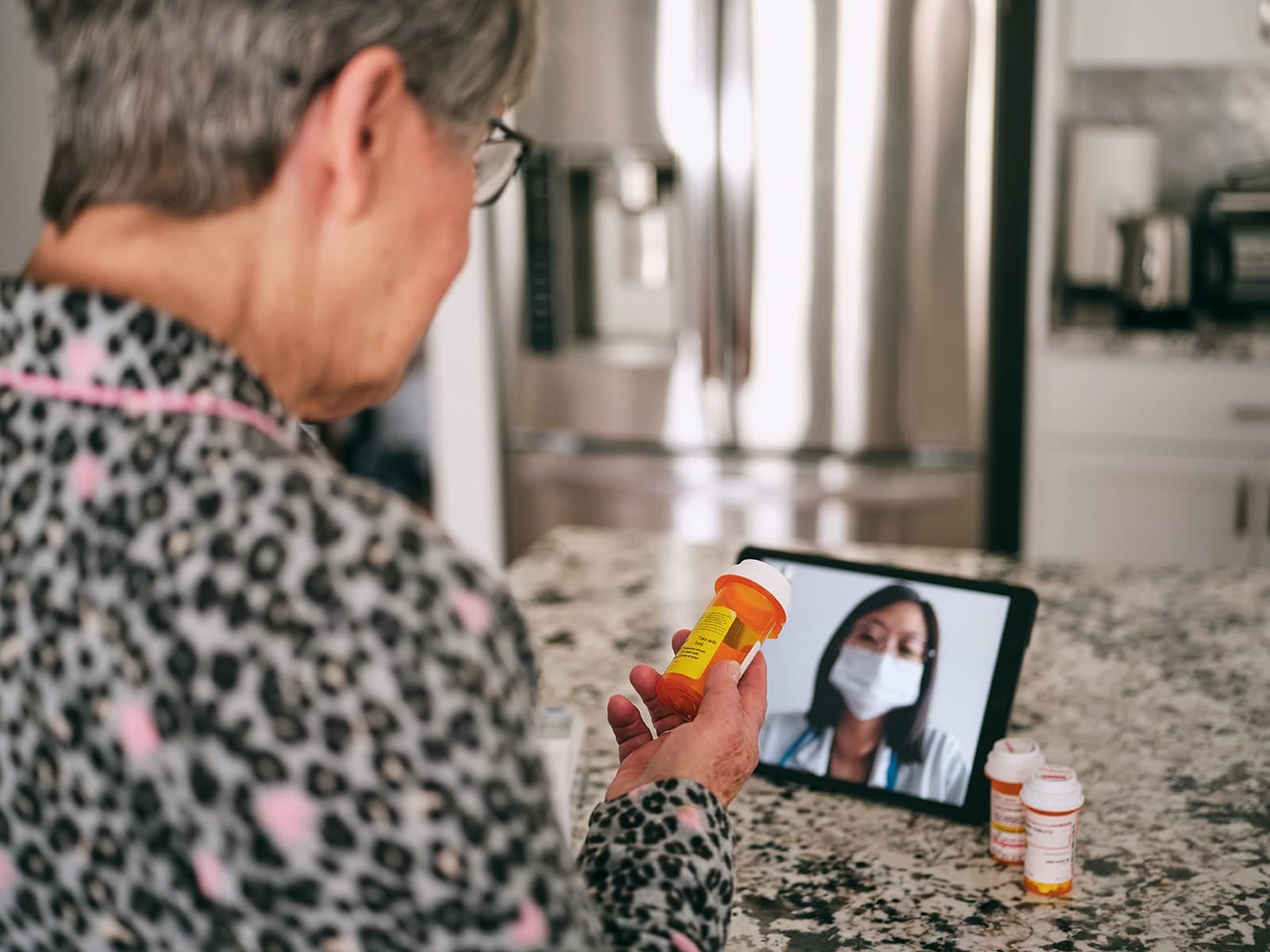For the last twenty years, companies have been gradually transforming themselves with digital technologies to adapt to new realities of the Internet and mobile. You’ll often hear brands discussing their "digital transformation" initiative. Digital transformation roadmaps could be anywhere from a year to ten years. Then COVID‑19 hit.
Decade‑long digital transformation roadmaps got compressed into days and weeks in order to respond to the realities of shelter in place. Businesses in every industry had to figure out how to reach their customers - whether those customers are shoppers, patients, students, businesses or even, employees - essentially overnight.
Businesses set up remote contact centers so their employees could work from home, health systems built telemedicine solutions in a matter of weeks, organizations delivered mass notifications and spun up hotlines to help deliver accurate information and retailers enabled curbside pickup to keep shoppers out of stores.
To better understand the effects of COVID‑19 on businesses, Twilio, the leading cloud communications and customer engagement platform, surveyed over 2,500 enterprise decision makers in the United States, the United Kingdom, Germany, Australia, France, Spain, Italy, Japan, and Singapore to gauge their views on digital engagement as a result of COVID‑19. The survey found...
COVID‑19 was the digital accelerant of the decade.
COVID‑19 accelerated companies’ digital communications strategy by an average of 6 years while 97% of enterprise decision makers believe the pandemic sped up their company’s digital transformation.
Has the COVID‑19 pandemic sped up digital transformation in your organization?
Yes, somewhat
Yes, a great deal

Digital communication is the new lifeblood for business.
95% of all companies are seeking new ways of
engaging customers as a result of COVID‑19.
92% say transforming digital communications is
extremely or very critical to address current
business challenges.

Previous inhibitors to innovation have been broken down.
Companies report easing of barriers. When asked what barriers have been impacted, 37% cited lack of clear strategy, 37% said getting executive approval, 35% noted a reluctance to replace legacy software, and 34% said a lack of time.
In fact, 79% of respondents say that COVID‑19 increased the budget for digital transformation.
Lack of clear strategy
Getting executive approval
Reluctance to replace legacy software
Lack of time

Omnichannel communication is taking on new importance.
92% say their organization is very or somewhat likely to expand digital communication channels as the world reopens. 54% said COVID‑19 propelled focus on omnichannel communications and 53% added new channels amid the pandemic.
1 in 3 companies started using live chat and IVR channels for the first time as a result of COVID. Read the full report here.
Some industries have been propelled further than others.
Technology, energy, and healthcare companies were most likely to speed up digital transformation while getting engineering support became easier in the finance industry in response to COVID‑19.

Digital transformation transcends regions.
Companies in Japan, Germany and Singapore say COVID‑19 accelerated their digital communications strategy by over 7 years while organizations in the United Kingdom and France saw more dramatic increases in digital transformation budgets due to COVID‑19.